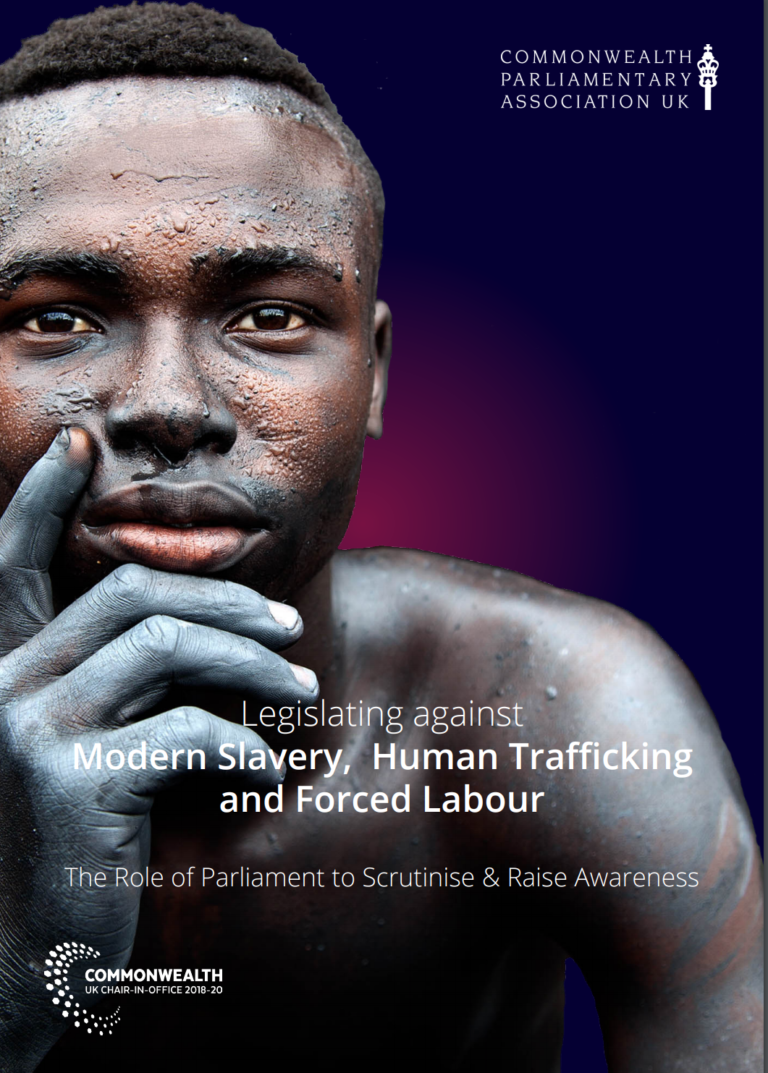Labour Inspection and Monitoring of Recruitment of Migrant Workers: Technical Brief
GuidancePublicationsLabour migration may benefit employers and workers, and across the world recruitment agencies play an important role in matching migrant workers with available jobs. However, while the cost of recruitment of higher skilled migrant workers tends to b...Read More

